Pumpkin: Common Pests and Diseases in the Garden
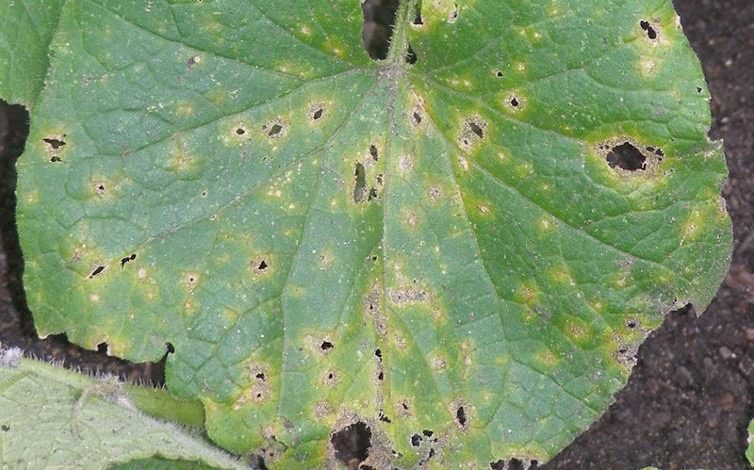
Hello to all agrohuerters! In today’s article the protagonist will be the pumpkin. On other occasions, we have already talked about how to grow pumpkins in the garden, the different varieties, and even our colleague Sandra taught us how to create a terrifying Halloween pumpkin. Today, I will focus on the pests and diseases that can affect this crop.
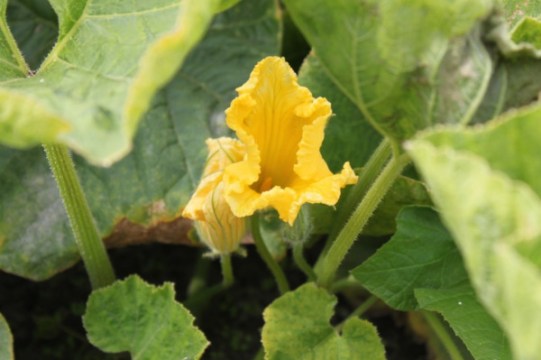
1. Pumpkin or squash pests
Snails and slugs in the pumpkin
Sometimes we can find snails or slugs in our pumpkins. They are considered molluscs (gastropods) and like to come out at night when the weather is humid. Its oral apparatus is very characteristic, consisting of a kind of tongue covered by a sheet called the radula.
The radula has very small teeth that help break up food. These animals start eating the squash when it is growing because that is when the rind is softest. It is very easy to detect them, we only have to observe if there is slime in the surroundings.
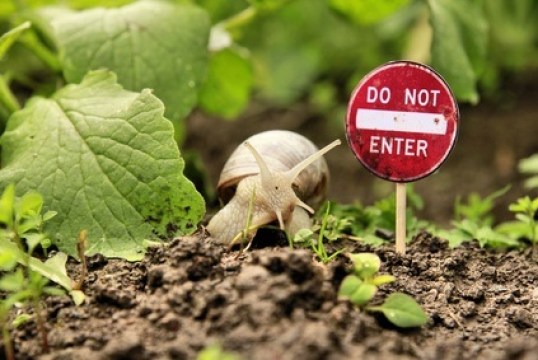
We must control this plague consciously, without eliminating all of them, since they are beneficial animals to control the balance of the environment. There are different ecological methods that you can use if the population density is high:
- Place containers at ground level, such as cut bottles. In them, you can add beer or a solution of water, sugar, flour and yeast. The snails will chase the scent and fall into the trap.
- Another method is to sprinkle the soil with coffee or garlic infusion. You simply have to make a coffee, dilute it in water (2ml of coffee per 100ml of water) and apply it around the affected plants. Garlic infusion is also effective: boil 4 cloves of garlic, let cool, remove the garlic and apply it in the garden.
Black Bugs in Pumpkin: Vine Borers
The vine borer is limited to infecting the genus Cucurbita, causing serious damage to squash and melon. Adults are active throughout the day and feed primarily on nectar. The eggs are black or brown, ovoid in shape and slightly flattened. The larvae are white with a dark capsule on the head.
The damage caused by this insect can also lead to infections from other types of pathogens (bacterial, viral or fungal). This pest is difficult to detect as they start at the base of the plants and then consume them from the inside out.
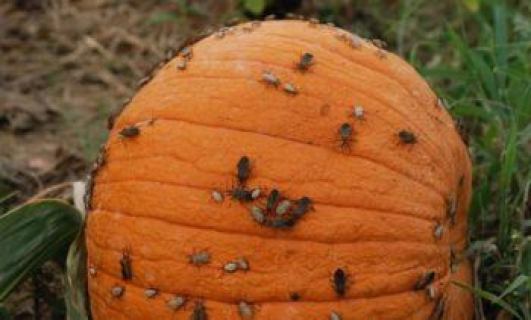
cucumber beetle
This insect does not only attack cucumber plants but also affects all cucurbits in general, including pumpkin. Both larvae and adults feed on leaves. In addition, one of the problems with this type of insect is that it acts as a disease vector, that is, it can transmit the mosaic virus or bacterial diseases to the pumpkin. It is very easy to identify it since it is yellow with black spots. In large quantities it can spoil the entire harvest!
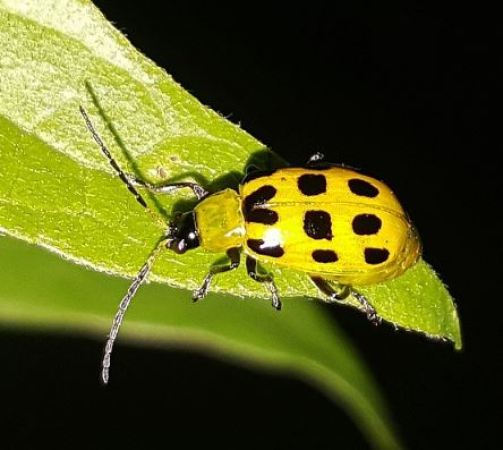
Among the main ecological methods to combat it, the following stand out:
- Remove weeds and crop residue at the end of the season.
- Crop rotation.
- Put trap crops, that is, crops where the beetles prefer to be. For example: big max squash, baby boo squash or classic melon.
- Chromatic yellow traps.
- Put a mulch of straw to make it difficult for them to climb on the plants.
2. Pumpkin or squash diseases
White spots on pumpkin leaves: powdery mildew
Hatred is a fungus, also known as pigweed, white mal or white mold. It appears in the form of white spots and gradually transforms into a grayish-white powder. Thanks to that white powder, it is one of the easiest mushrooms to spot. It normally develops on the upper surface of the leaves, although it can also spread along the stem or the fruits. Their presence hinders photosynthesis. If we do not control it well, the leaves turn yellow and can dry out.
Humidity and warm temperatures are the ideal conditions for powdery mildew to appear in our garden.
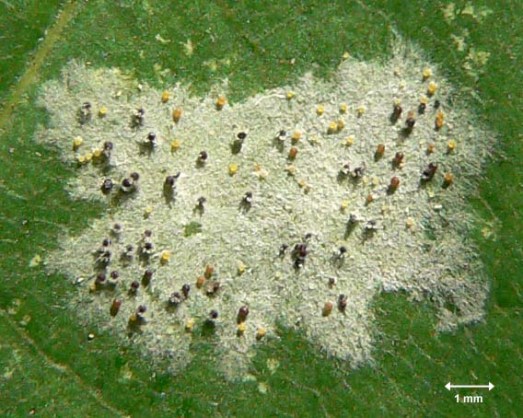
In the following link you can read how to eliminate the hatred of plants.
Brown spots on pumpkin leaves: mildew
Another of the fungi that affects the pumpkin is Mildew. It produces greasy-looking spots of different shades on the edges of the leaves or fruits, which then turn brown and wither.

Pumpkin Plant Viruses: Mosaic Virus
This disease is caused by the pumpkin mosaic virus. The attacked plants show discoloration between the nerves of the leaves and black bands. Leaves curl and do not develop properly. To control this disease, care must be taken with aphids, as they are one of the main vectors of the disease.
I leave you a link on how to identify and prevent viruses in horticultural plants. And another where you can learn the different types of pumpkins that exist.
References
- Braun, U. (1980).Morphological Studies in the Genus Oidium. Flora. 170(1–2), 77-90.
- Li J, Liu X, Yang X, Li Y, Dexian C (2018).Proteomic analysis of the impacts of powdery mildew on wheat grain. Food Chemistry, 261, 30-35.
- Braun, U. (1982).Morphological Studies in the Genus Oidium III. Zentralblatt für Mikrobiologie. 137(4), 314-324.
If you liked the article, do not forget to comment to tell us about your experiences.
Have a nice day!

![Photo of Kiwi Irrigation: [Needs, Frequency and Procedure]](https://www.complete-gardening.com/wp-content/uploads/2021/06/Variedades-de-Kiwi-Summer-Kiwi-390x220.jpg)
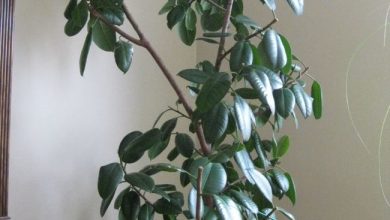
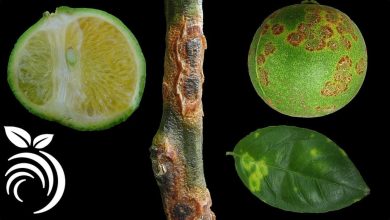
![Photo of Marijuana Cuttings: [Associations, Best Time and Planting]](https://www.complete-gardening.com/wp-content/uploads/2022/08/marijuana-cuttings-associations-best-time-and-planting-390x220.jpg)